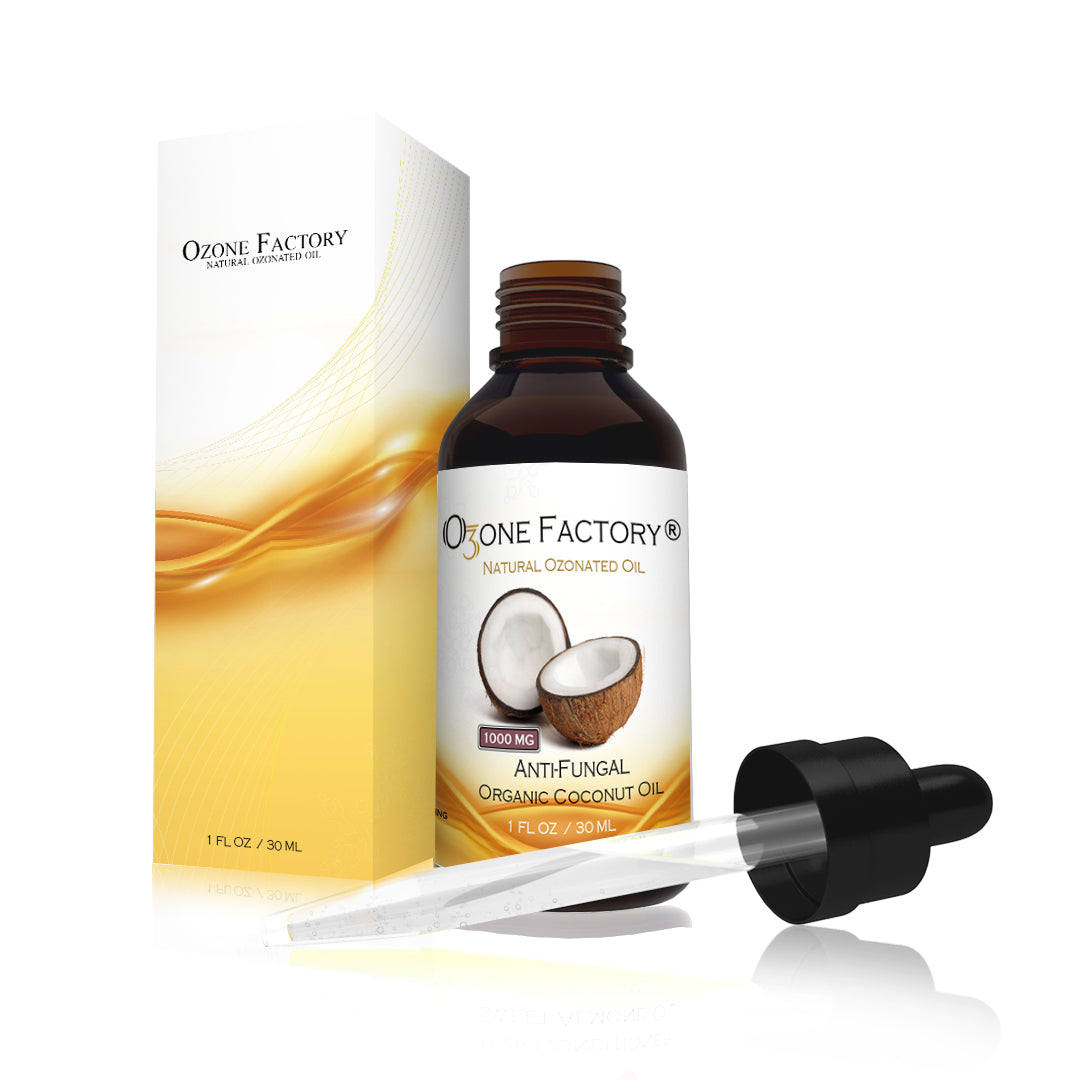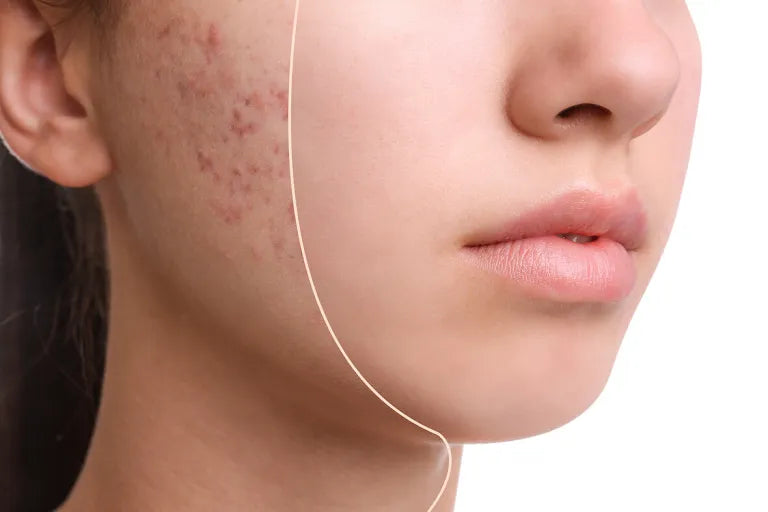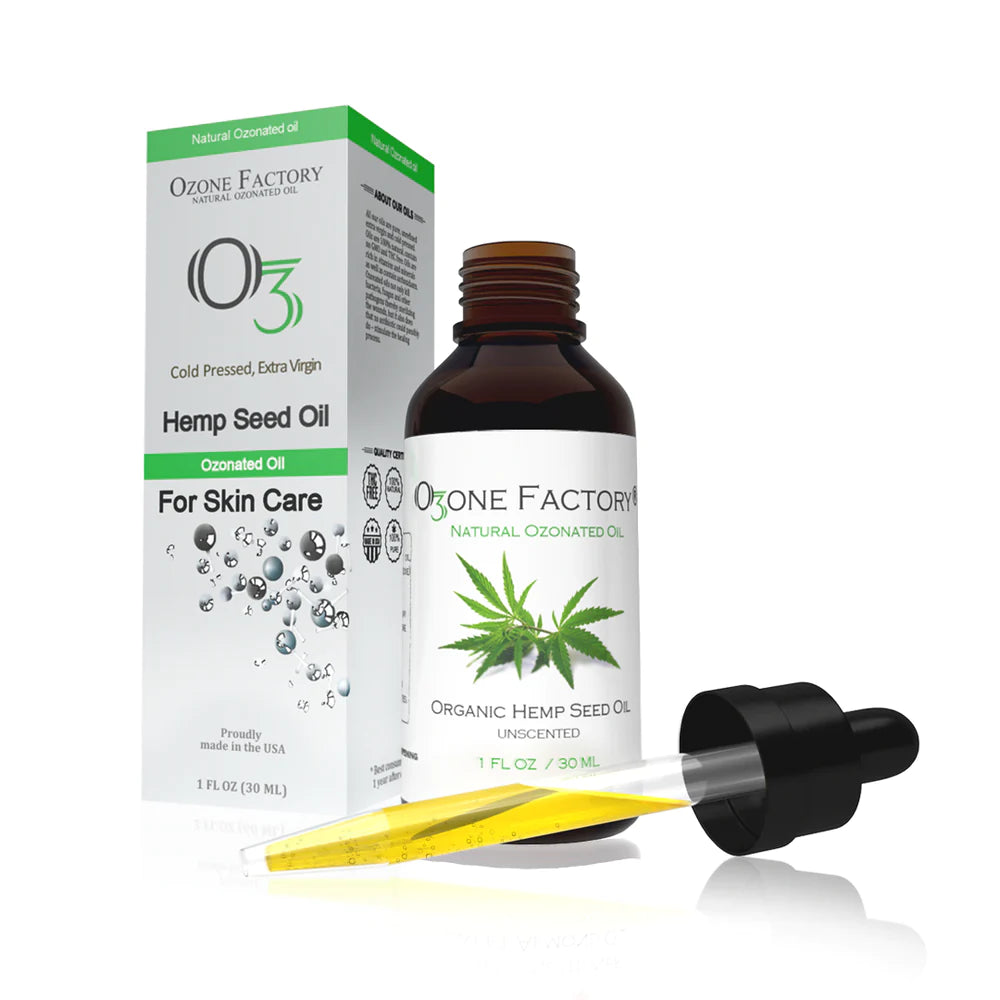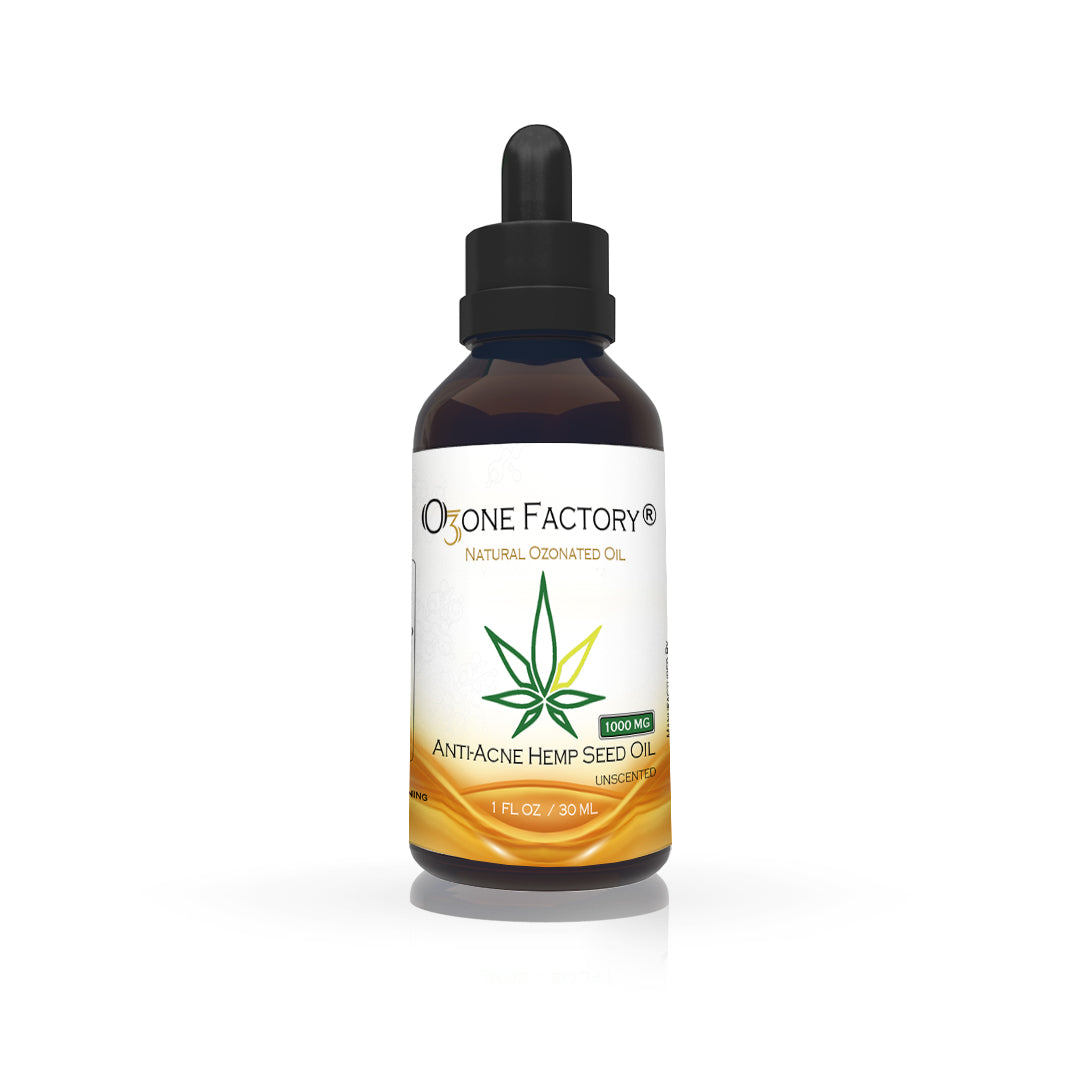
the repeated development of one to many discrete, painful ulcers that usually heal within 7 to 1 4 days. The lesions are typically 3 to 5 mm, round to oval ulcers with a peripheral rim of erythema and a yellowish adherent exudate centrally. The process may range in severity, with some patients noting only an occasional lesion and others experiencing such frequent episodes that they have almost continuous ulcer activity.
EPIDEMIOLOGY
occurs approximately in one out of five individuals and is the most common cause of acute recurrent oral ulcers. Most individuals first develop RAS during adolescence, although it is not uncommonly seen in children. The disease may continue into adulthood but typically wanes with increasing age. It is unusual for patients over the age of 40 to develop new-onset RAS.

CLASSIFICATION
Simple aphthosis — RAS is referred to as simple aphthosis (also called Mikulicz ulcers) when the individual experiences several episodes per year involving one to several ulcers lasting up to 1 4 days and limited to the oral mucosa. This is the most common form of the disease.
Complex aphthosis — In "complex aphthosis," the patient may have
involvement of both the oral and genital mucosa, although oral lesions are more common. The lesions are more numerous, more painful, and larger (>1 cm in diameter), often taking up to four to six weeks to resolve. Some patients with complex aphthosis will have such frequent episodes that they are almost never without at least one active ulcer. In patients with complex aphthosis, the diagnosis of Behçet syndrome must be excluded.
Ulcer morphology — Three morphologic types of ulcers are recognized in
patients with RAS; they can be seen both in patients with simple and complex RAS:
●Minor ulcers, <1 cm in diameter, usually 3 to 5 mm
●Major ulcers, >1 cm in diameter
●Herpetiform ulcers, 1 to 2 mm in diameter, typically present in clusters, sometimes coalescing in larger ulcers.

PATHOGENESIS
of RAS remains uncertain. Infectious etiologies have been explored, but not documented, to be a direct cause of disease. Many patients with RAS observe pathergy, so that any trauma to the lining of the mouth may result in the
development of an ulcer in that location. Emotional stress will frequently lead to an exacerbation of disease. Certain drugs have been documented to induce oral ulcers similar to aphthous ulcers. The ulcers typically resolve when the drug is discontinued. Although a few observational studies reported a temporary increase of RAS in the first few weeks after smoking cessation, other studies have not found an association between RAS and smoking.






